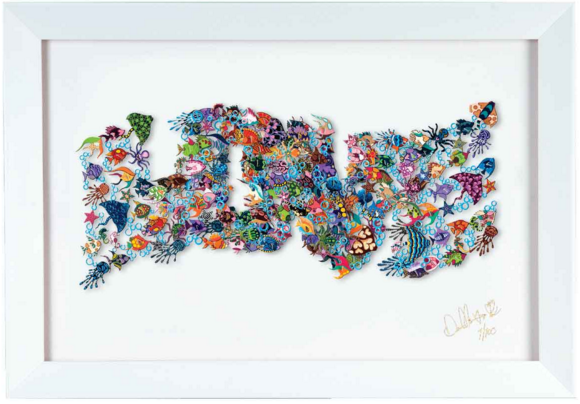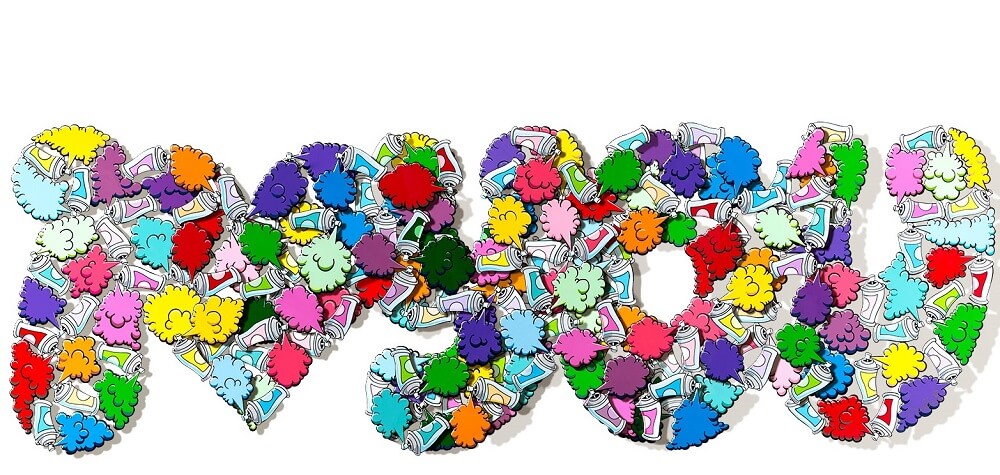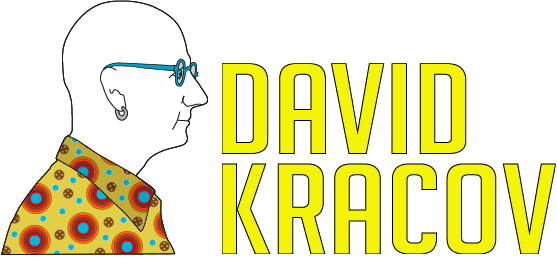What Makes Good Art
Ever stand before a work of art and feel something shift inside of you? That feeling is your senses instinctively reacting to the piece. It’s a human tendency to be driven by what we think and feel. When it comes to art, a lot of what we feel determines what we think about art.

Whether you’re a seasoned collector or just someone who appreciates art, no two opinions on the subject matter will be the same. What one thinks is stunning, another will find basic and vice versa. How we view art is essentially a subjective and personal interpretation.
So, What Makes Good Art?
There’s no definitive answer to what is good or bad when it comes to art. Creative people approach art in different ways. Some undergo professional training while others are self-taught. How they construe an idea and create art is entirely up to their prowess and imagination.

How Do You Know If Your Art is Good?
There are ways to tell if your art is good by employing certain methods to perfect your craft. Let’s explore the approaches that contemporary artists, photographers, sculptors, sculptresses, and creators exercise as part of their art process.
Don’t be afraid to take risks
As part of the creative process, taking risks can involve working with unfamiliar materials or mediums, wild or never-tried-before concepts, or minimal finances. You have to trust yourself enough to take the plunge and step out of your comfort zone. Some artists find that not playing it safe is a great way to challenge oneself and discover new and daring ways to create art.

Look at the world differently
Instead of looking at things and places in a matter-of-fact way, view them as complex, chaotic subjects with secrets to reveal. Viewing the world plainly can block our minds from exploring the creative possibilities of a dystopian perspective.
For instance, instead of capturing just a panoramic view of skyscrapers, venture deeper to explore a challenging cityscape of derelict structures or abandoned spaces. The world holds a raw, inspiring, enduring beauty that is waiting to be uncovered if one is willing to dig deeper.
Introduce an emotional quotient
Creators of art use a thoughtful approach by choosing what they believe is the right technique, tools, or medium; although, it’s also important to introduce an emotional connection to a piece. If your work fails to stir up emotions or resonate deeply with a viewer, it could come off as just another pretty collection of art.

It takes a certain kind of finesse to inject emotion into one’s creative work. Think of what it means to you and what you are trying to convey. In the end, you want your art to leave an unforgettable impression through its voice and purity.
Exercise emotional restraint
While this may sound contradictory to the previous point, it is not the case. While introducing an emotional connection is crucial, too much of it will leave less room for mystery. You want to give viewers a chance to interpret your art with their own emotions or experiences. This is what will allow them to forge a deeper connection with your work.
Don’t rush the process
Nothing good ever comes from rushing things. When you rush yourself as a creator, you risk making mistakes or not producing your best work. If a piece takes time to create, let it come together in due time. It may require several revisions or retakes, but it’s better to get it right than accept hurried results.

The minute you give yourself a deadline, you’re conditioning your mind to skip crucial parts of the process. Avoid letting a timeline dictate how quickly you work. In the words of American essayist Ralph Waldo Emerson—it’s not the destination, it’s the journey.
Create consistent works of art
If people can identify your work at a glance without knowing it’s by you, you’ve accomplished a commendable feat. History has shown us that great artists produced consistent work that perfectly underscored their individuality and craftsmanship. It is what separates amateurs from virtuosos.

To create consistent art pieces, you’ll need to push yourself until you get it right. As an art creator, it is important to analyze your work with a detached perspective and identify areas that need improvement. Doing this will allow you to perfect existing or new art over time until you find that sweet spot. It will take time, blood, and patience but ultimately this approach could make or break your career.
Stick to what you love
As an art creator, you must restrain yourself from creating pieces that you think your audience will prefer. A person’s best work stems from within oneself. What you perceive, feel, or love should take precedence in your creative process. When people come to view your work, they’re coming to discover who you are and what drives you. If you muddy your approach with another’s ideas and needs, you’ll end up hiding your best work. Art says more about the creator than it does about the piece itself, so don’t be afraid to speak your truth.
Be open to learning new things
The world is constantly changing in predictable and unpredictable ways. As an art creator, it is crucial to be open to change. Don’t shy away from asking questions, experimenting with different ways to highlight or produce your work, or exploring untapped sources of inspiration to juice your creativity.
You don’t have to sacrifice your artistic integrity or let your work veer off in a different direction but be willing to try new things to challenge and strengthen your craft.
Allow fellow creators to inspire you such as sculptor David Kracov, who creates whimsical graffiti sculptures using metal or paper. He marries a modern sensibility with retro nostalgia to introduce a refreshing perspective in his work.

Art creators can choose to create mediocre work or awe-inspiring pieces that leave viewers speechless. The key ingredients to any artistic process are patience, time. And innovation and contemporary creators of our time have much to teach us through their works of art.
I'd like to receive future updates and newsletters





